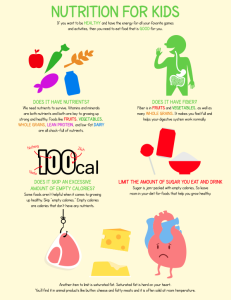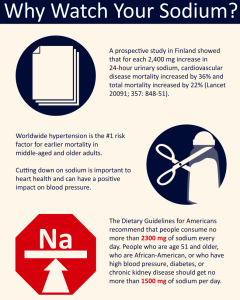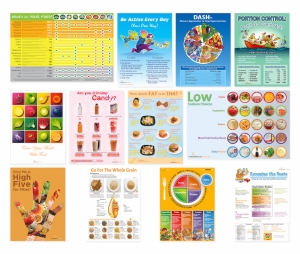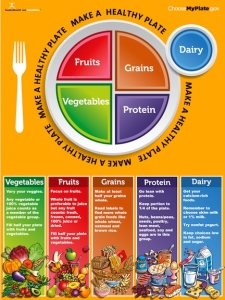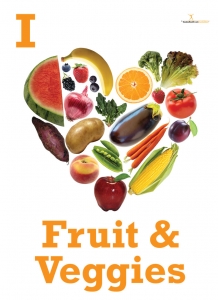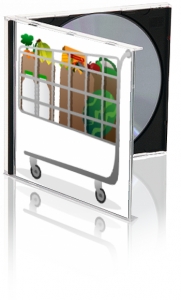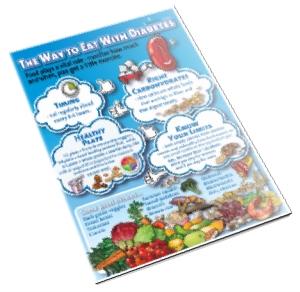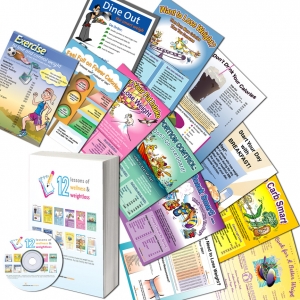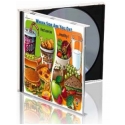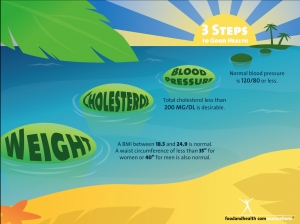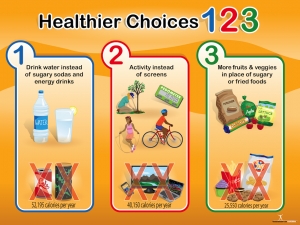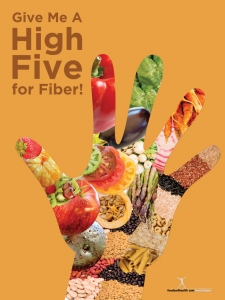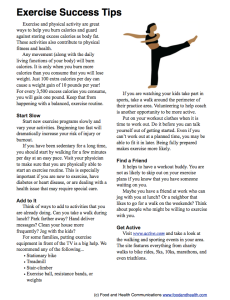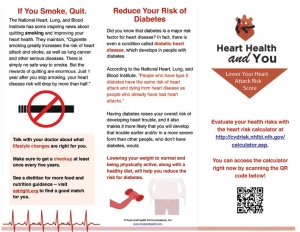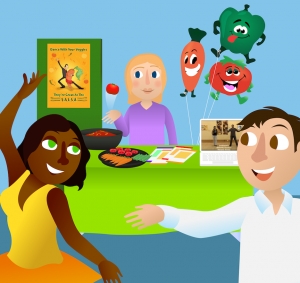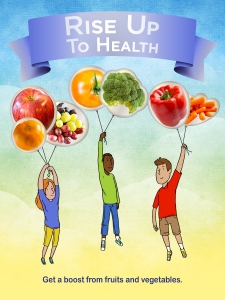What is it about poster bundles?
 The poster bundles we have in the store are some of our very top sellers, and we’re always getting rave reviews from happy customers (check out the testimonial page for details). Since these bundles are so popular, we’re always looking for ways to combine our posters in order to make the most effective nutrition education materials.
The poster bundles we have in the store are some of our very top sellers, and we’re always getting rave reviews from happy customers (check out the testimonial page for details). Since these bundles are so popular, we’re always looking for ways to combine our posters in order to make the most effective nutrition education materials.
So imagine my happiness when I got a call from a foodservice director who was strategizing poster pairings for two different age groups.
The foodservice director had noticed that her students simply weren’t eating enough fruits and vegetables, no matter what the schools tried. This was a particular issue with kids in elementary school and high school.
So, what the director wanted to do was get a bunch of different posters that promoted healthful habits and put them in the schools. She needed two sets — one that would appeal to elementary school students and another that would appeal to high schoolers.
We brainstormed for a while on the phone, and then my team and I got to work. When we were done, we had created 2 new poster sets — one for each age group.
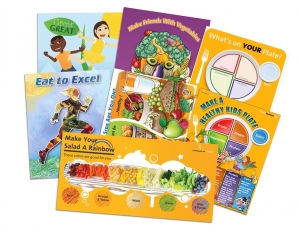 The Elementary Nutrition Poster Set has 7 posters that communicate key health messages in ways that are both memorable and appealing to kids. The set includes the following posters (and the handouts that accompany them)…
The Elementary Nutrition Poster Set has 7 posters that communicate key health messages in ways that are both memorable and appealing to kids. The set includes the following posters (and the handouts that accompany them)…
- The Grow Great Preschool Nutrition Poster
- Make Friends With Vegetables Poster
- School Menu Erasable Poster
- Eat to Excel with Phytoman Poster
- Which Side Are You On? Healthy Food Poster
- My Plate for Kids Poster
- Eat From the Rainbow Fruit and Vegetable Poster
These posters highlight health lessons like eating more vegetables and trying new and healthful foods. They are specially designed with kids in mind, communicating their messages creatively and effectively.
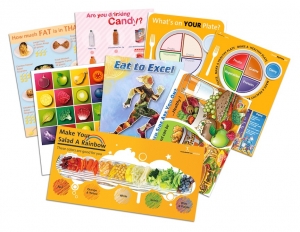 The High School Nutrition 8 Poster Set appeals to older kids. It features 8 different posters that outline and support the most important health lessons for kids in high school. The set includes the following posters and their handouts…
The High School Nutrition 8 Poster Set appeals to older kids. It features 8 different posters that outline and support the most important health lessons for kids in high school. The set includes the following posters and their handouts…
- How Much Fat Is In That? Fat Awareness Poster
- Are You Drinking Candy? Sugar Awareness Poster
- School Menu Erasable Poster
- MyPlate Poster
- Colors of Health Fruit and Vegetable Poster
- Eat to Excel with Phytoman Poster
- Which Side Are You On? Healthy Food Poster
- Eat From the Rainbow Fruit and Vegetable Poster
The foodservice director was thrilled with the combinations, which is why we decided to set up these nutrition poster sets in the store. Now you can get them too! Check out the High School Nutrition 8 Poster Set and the Elementary Nutrition Poster Set today! And remember, there’s always more in the store!
By Judy Doherty, PC II and Founder of Food and Health Communications, Inc.
Are you looking for resources to help students? Then check out this free Nutrition Infographic for Kids! It’s packed with great ideas and fun pictures, perfect for any kid who needs to learn the basics of nutrition.



